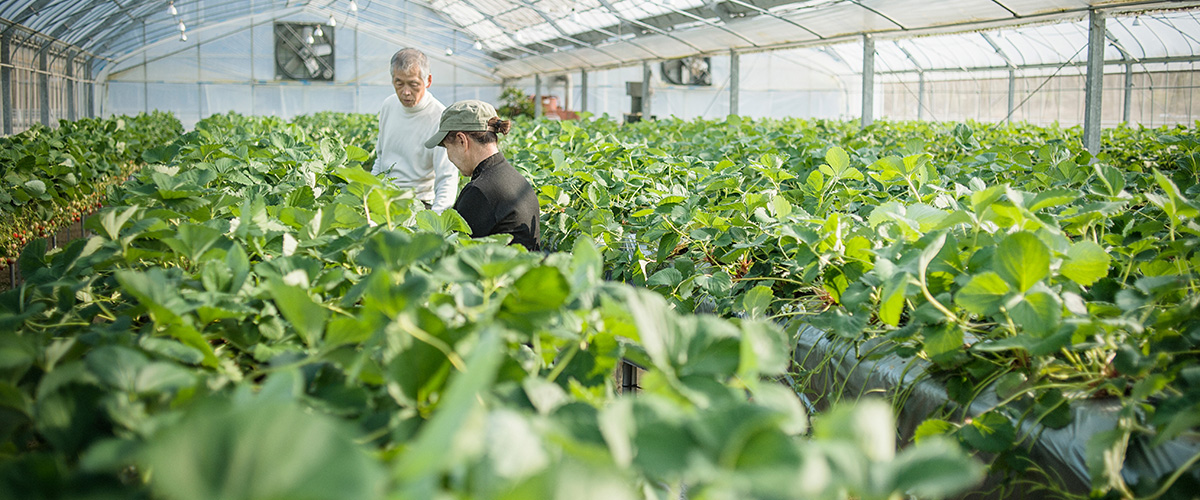The U.S. fruits and vegetables sector in 2024 faces a dynamic landscape shaped by changing consumer preferences, economic challenges, and ESG expectations.
With younger generations embracing fresh produce for health-focused diets, demand is up—creating both growth potential and new pressures. Here’s a quick overview of the market’s current strengths, challenges, and opportunities. Atradius Senior Underwriter, Tyler Darby, gave us the latest on the industry. See where the fruits and vegetables sector was last year.
Growing Demand, the New Consumer Profile, and ESG Impact
Younger consumers are driving a rise in fresh produce consumption, emphasizing health and sustainability. This trend signals sustained demand growth and encourages industry diversification to meet shifting preferences. Freshness, health benefits, and sustainable farming practices now anchor the sector’s appeal. Consumers increasingly value sustainable, ethically produced fruits and vegetables. This shift pushes producers toward ESG-compliant practices, which attract investors, improve market competitiveness, and reduce regulatory risk. ESG adherence has become not only a moral choice but also a critical business strategy for companies looking to secure long-term growth.
Inflation, Supply Chain Strains, and Economic Pressures
Like other industries, fruits and vegetables have experienced inflation, supply chain issues, and the effects of geopolitical conflicts. Fertilizer prices, for instance, spiked due to global tensions, prompting farmers to adopt more cost-effective practices or switch to less fertilizer-intensive crops. Although fertilizer prices have dropped 25% year-over-year, they remain above 2021 levels, impacting overall profitability.
Key Strengths and Weaknesses
The industry’s strengths include sustainable farming practices, health benefits, and fresh, high-quality produce, which attract health-conscious consumers and foster resilience. However, seasonal availability, limited variety, and fluctuating quality remain consistent hurdles. Price and accessibility shift frequently based on crop yields and import levels, affecting producers and consumers alike.
Rising Imports and Industry Patterns
Domestic production continues to decline, creating a greater reliance on imports. Since 2000, U.S. fruit and vegetable production has dropped by 10% and 23.1%, respectively, with imports filling the gap. In 2022, over half of U.S. fresh fruit was imported, up from 36.6% in 2000. Vegetable imports, similarly, have surged from 9.5% to 29.3% over the same period.
Get in Touch
Looking For a FREE Quote?
Obtaining a free Trade Credit Insurance quote or just some more information is fast and easy! Get in touch with us today.
Get Started Call 800-822-3223Looking Ahead
Amid these changes, the U.S. fruits and vegetables industry remains resilient, driven by evolving consumer priorities and a commitment to sustainable practices. Adapting to economic pressures, balancing imports and domestic production, and meeting ESG standards will shape the industry’s path forward. With the right focus, the sector is well-positioned to grow alongside consumer demand for high-quality, responsibly sourced produce.


